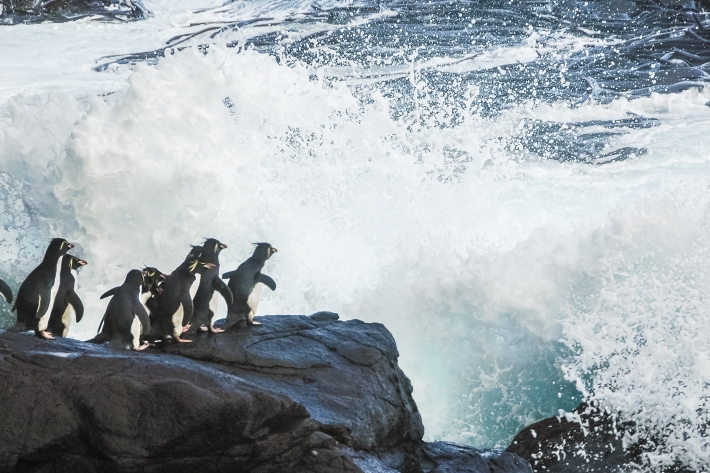-

Scientists brave winter in Antarctic waters
Media release14 November 2019The New Zealand ship Janas has recently returned from a six-week winter research voyage to the Ross Sea where scientists made the first observations of developing Antarctic toothfish embryos. -
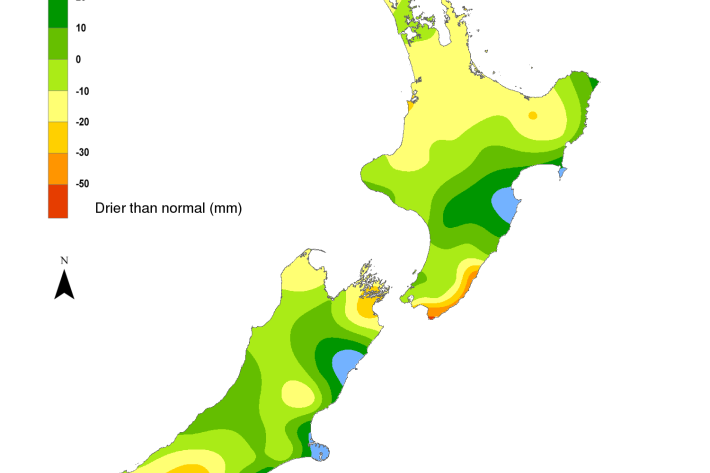
Hotspot Watch 6 November 2019
Hotspot08 November 2019Across the North Island, soil moisture levels decreased everywhere during the past week due to meagre rainfall and above average temperatures. The most significant decreases were observed across the northern half of the North Island, where soil moisture levels are now below normal nearly everywhere from Northland to Waikato and Bay of Plenty. -

NIWA to survey young snapper in Hauraki Gulf
Media release07 November 2019NIWA is heading out into the Hauraki Gulf this month to carry out a survey of juvenile snapper– the first of its kind for 20 years. -
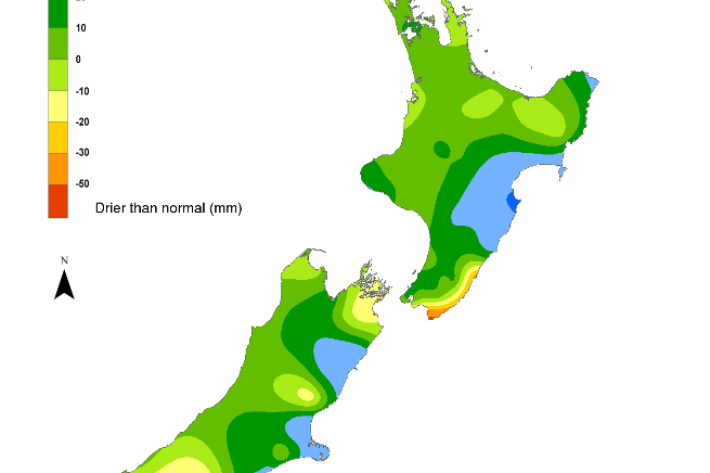
Hotspot Watch 1 November 2019
Hotspot01 November 2019Across the North Island, soil moisture levels generally decreased slightly during the past week. In the South Island, soil moisture levels decreased slightly in most locations during the past week, although slight increases were observed in coastal Otago and Southland. -
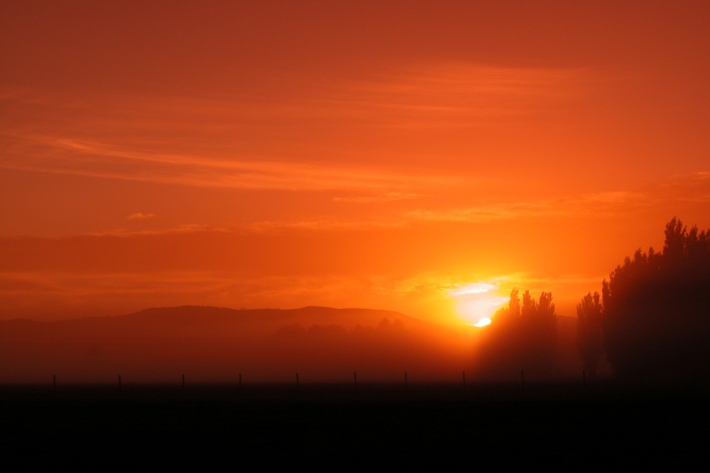
Hot weekend awaits
Media release31 October 2019This weekend, after a rather cool October, the beginning of November brings out the heat. -

‘Blooming heck’ - Microalgae feature in latest biodiversity memoir
Feature story30 October 2019A group of microscopic algae that form vast aquamarine blooms off the east coast is the subject of NIWA’s latest Biodiversity Memoir -
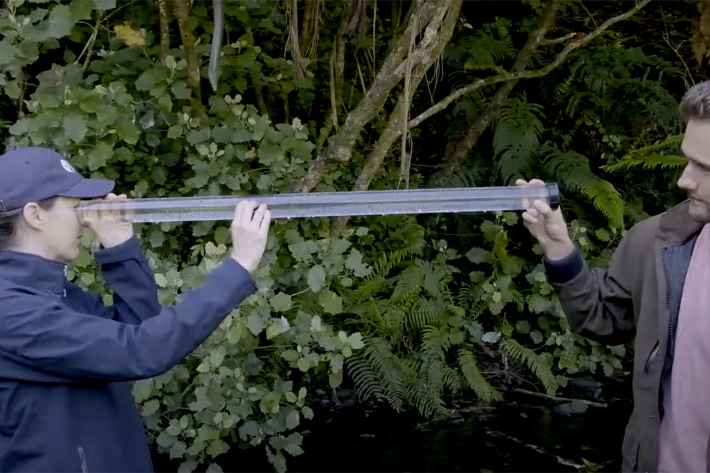
SHMAK videos
We've developed a series of instructional videos on what SHMAK is and how to use it -
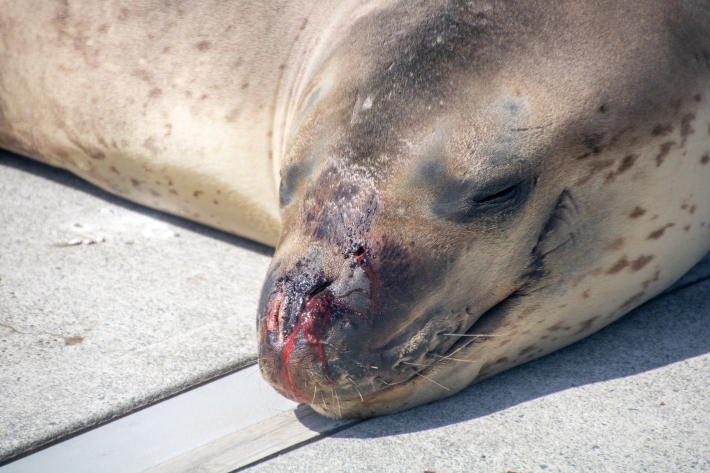
Leopard seal Owha injured in Auckland Harbour
Media release28 October 2019Researchers are keeping a close eye on Owha, the leopard seal that has made Auckland Harbour her home, after she was seen bleeding from her face on Saturday morning. -

Fish snack on microplastics
Media release22 October 2019Research shows how fish are being affected by microplastics. -

Researchers seek help on lobster catches
Media release16 October 2019NIWA researchers are seeking the help of divers, snorkellers and lobster potters in the Hauraki Gulf and Bay of Plenty to learn more about how rock lobster are faring. -

Scientists share stunning images
Media release10 October 2019Castle Hill attracts two types of enthusiasts – climbers and astrophotographers...

